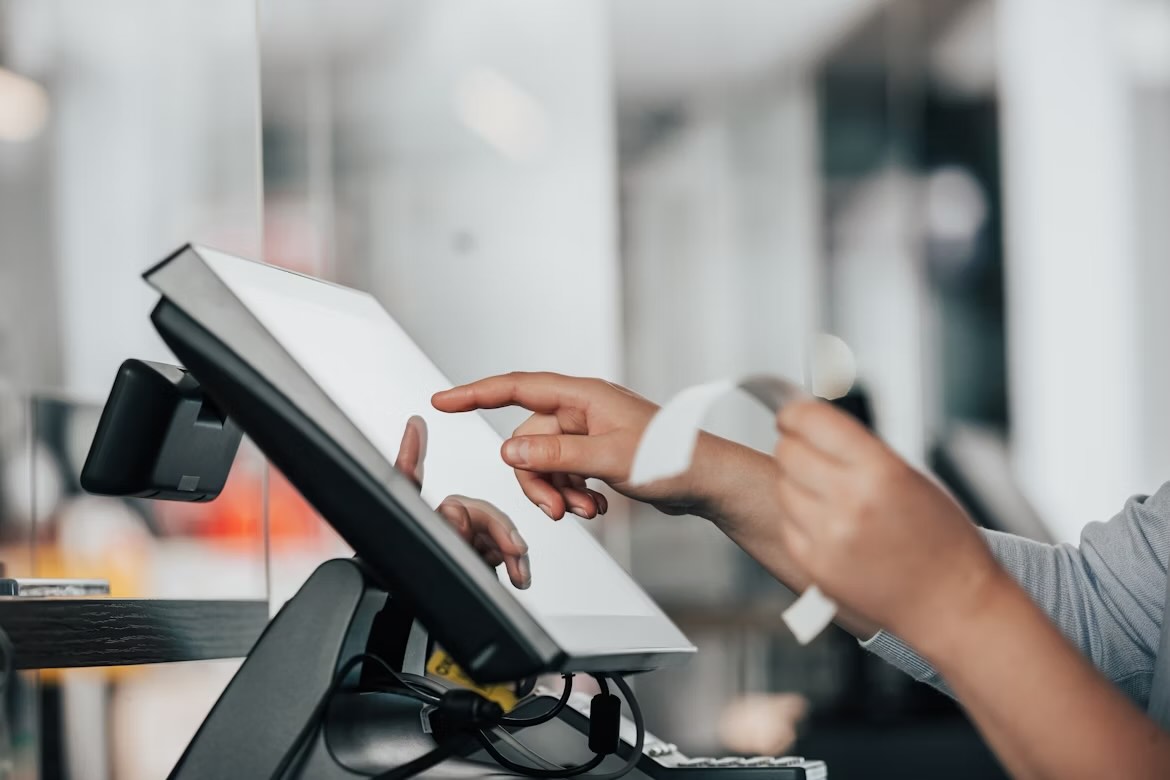Digital Twins in Merchandising: The Next Big Thing?
October 30th, 2025

Walmart’s implementation of a digital twin technology platform across more than 1,700 stores demonstrates how powerful this concept can be. Built on behavioral AI and NVIDIA’s spatial simulation, the virtual environment replicates shelf layouts, customer behaviors, checkout line flow, and inventory data. This virtual replica gives leadership a sandbox to test strategies before investing effort or time.
It effectively shows how digital twins act as a practical tool for decision making. At MCA we help clients bridge the gap between what the digital model forecasts and what actually happens in stores. Stick with us as we walk you through what digital twin adoption can mean for your store.
From Complex Data Into Actionable Insight
Digital twins rely on data sources that include POS systems, inventory data, IoT sensors, planograms, survey data, and even weather feeds. When pulled from multiple sources that are not integrated, this volume becomes chaotic and undermines operational efficiency. To move forward, retailers must build a foundation for real time visibility.
We support this through high-quality live data analytics that can then be fed into digital twin models. This allows companies to analyze data and gain deeper insights rather than guesswork.
As the retail industry embraces digital transformation, the ability to apply real time analytics to a secure, unified digital representation becomes a key driver for smarter, faster retail operations. Addressing concerns around data privacy and platform interoperability is now as critical as accuracy itself.
Reality Check: Physical Spaces Need Human Touch
Even the most advanced digital model can diverge from physical counterparts. Some things may look accurate on-screen but the shelf could show missing stock levels or misaligned displays.
This can be easily addressed through real-time monitoring visits, with digital twins serving as a guide, not a replacement.
You can train reps to treat the digital replica as a roadmap, but ensure that each physical object on the shelf is correct. That linkage between the virtual and real ensures the investment translates into measurable results. The digital twin cannot yet fully replicate the unpredictability of the physical system or adapt on the fly like a human team.
The successful use of digital twins must integrate real-world validation loops with the cooperation and hardworking efforts of human staff.
Smart Investment: Layer, Don’t Overhaul
Leveraging augmented reality in select pilots can optimize store layouts or test new product lines without disrupting daily work. This kind of phased rollout supports a successful digital twin strategy and reduces risk while demonstrating value quickly.
As advanced technologies continue to evolve, combining them with existing retail infrastructure allows for a smoother transition. Retailers who use digital twins within specific areas of the production line, rather than everywhere at once, often see quicker gains with less disruption.
Change Management: Aligning People and Tech
Introducing new solutions in the retail sector requires a bit of a culture shift around machine learning upon first being implemented.
This technology can support retailers by creating training modules that guide teams through virtual reality walk-throughs or extended reality planning tools. That helps teams adjust to seeing store scenarios on-screen before executing in-store.
By easing this transition, it ensures adoption keeps momentum and avoids internal resistance. The integration of artificial intelligence into daily retail operations challenges conventional workflows, but it also unlocks new learning opportunities. When retail professionals understand how virtual models improve forecasting and inventory management, their resistance often shifts to advocacy.
Execution Still Wins
A digital twin provides insight, but does not restock shelves, repair signage, or deliver campaign materials. That execution gap means the last mile still relies on skilled merchandising teams.
They are the ones who manage production process tasks, track energy consumption across stores, and even coordinate warehouse storage updates so store shelves stay full. And with MCA, we can further help by orchestrating tasks across physical assets, boosting product quality and ensuring every unit of effort creates real difference in-store.
While digital tools can streamline planning, the physical system still demands precision. As retailers incorporate emerging technologies and other advanced technologies into store strategy, success will hinge on how well those insights are translated into real-world action that improves the customer experience.
Preparing for the Future of Retail
As digital twin concepts mature, they will become a critical component across other advanced industries. In manufacturing they optimize the factory floor. In healthcare they support clinical trials. In retail, we expect they will guide not only store layouts but also entire supply chain adjustments.
Digitally-supported testing of promotional ideas will help retailers fine-tune messaging and shopper experience faster. Those who analyze data early and connect virtual representation with real world execution will win global market share.
Optimize Your Retail Business With MCA
Our mission is to help retailers use digital tools while delivering real performance on the ground. Whether deploying digital twins to simulate what if scenarios or using live data to steer in-store teams, we build tangible outcomes. As leaders in retail merchandising, we remain focused on delivering strategy that works on the shelf. Through competitive price audits and execution intelligence, we help brands turn technology into wins.
For retailers ready to explore how digital twins align with retail merchandising execution, let’s talk about how we can craft strategies that combine innovation with reliability. We make this shift feel natural, and deliver a competitive edge as we build what matters, together.


